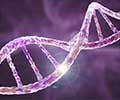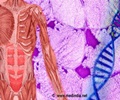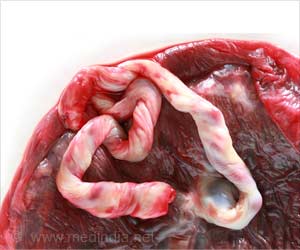A gene on the X-chromosome passed on from the father may contribute to a woman's risk of developing ovarian cancer.

‘Genes on the X-chromosome, potentially passed down through the father, may contribute to his daughters' risk of ovarian cancer.’





Using the Familial Ovarian Cancer Registry, a donor-funded resource based at Roswell Park, the researchers collected information about pairs of granddaughters and grandmothers and sequenced portions of the X-chromosome from 186 women affected by cancer. They found that cases of ovarian cancer linked to genes inherited from the paternal grandmother had an earlier age-of-onset than cases linked to maternal genes, and were also associated with higher rates of prostate cancer in fathers and sons. Additional sequencing led the researchers to identify a previously unknown mutation on the X-chromosome that may be associated with cases of ovarian cancer that develop more than 6 years earlier than average.
The study proposes that a gene on the X-chromosome may contribute to a woman's risk of developing ovarian cancer, independently of other known susceptibility genes, such as the BRCA genes.
Future studies will be needed, however, to confirm the identity and function of this gene. This observation suggests that there may be many cases of seemingly sporadic ovarian cancer that are actually inherited, and may lead to improved cancer screening and better genetic risk assessment.
"Our study may explain why we find families with multiple affected daughters: because a dad's chromosomes determine the sex of his children, all of his daughters have to carry the same X-chromosome genes," says Eng, an assistant professor of oncology in Roswell Park's Department of Biostatistics and Bioinformatics.
Advertisement
Source-Eurekalert















